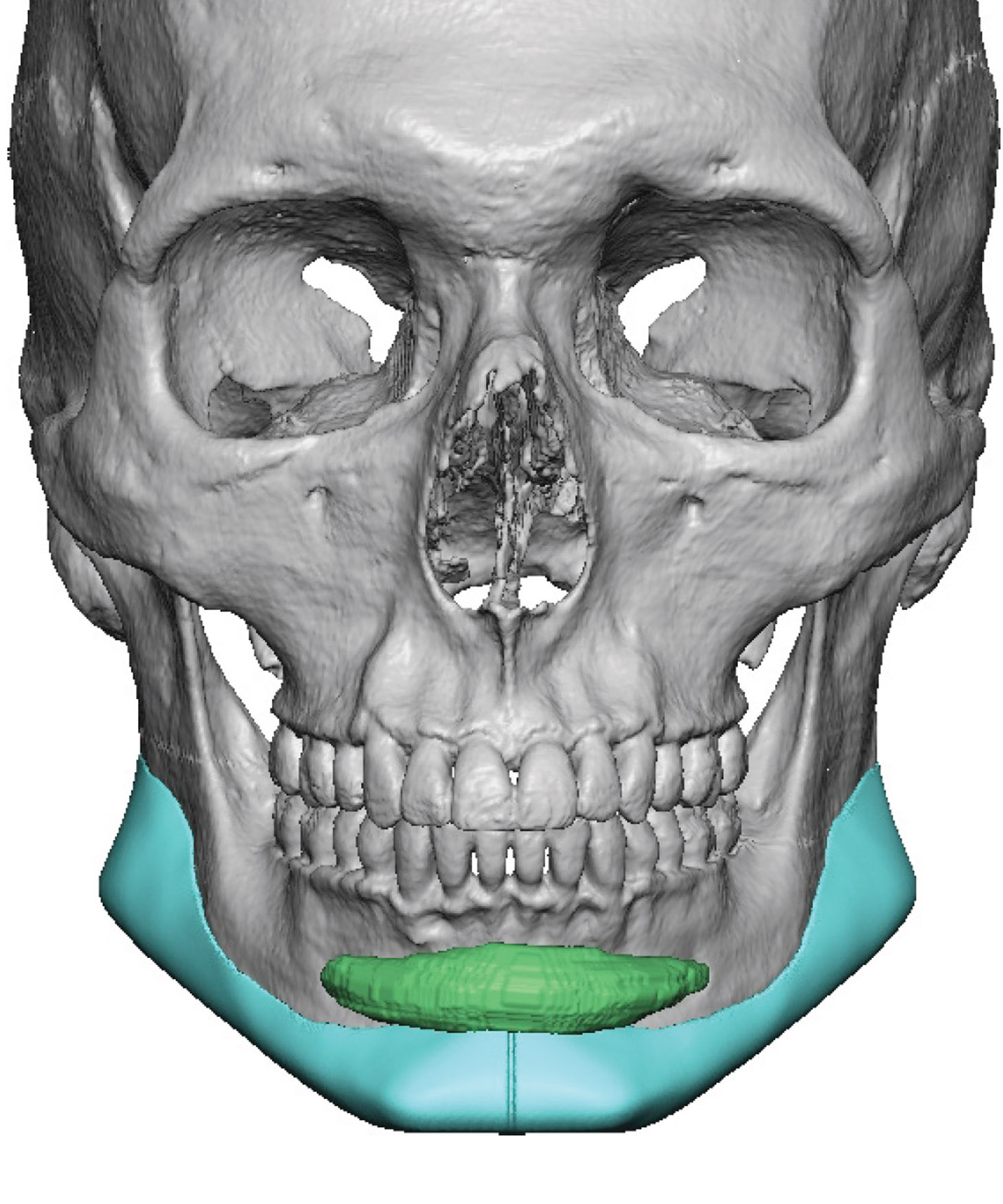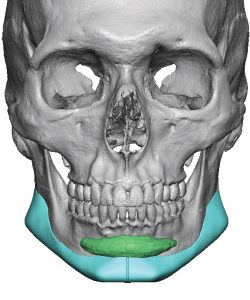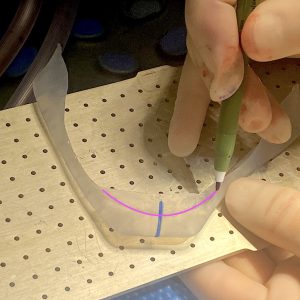Background: Chin implants historically were the original jaw augmentation procedure. That remained so until the introduction of the jaw angle implant in the 1990s which provided the ability to augment another part of the lower jaw. But jaw angle implants never really became as popular as chin implants for a variety of reasons, much of which was due to lack of surgeon comfort for how they were to be surgically placed. And as a result patient demand for them was very low.
In the past ten years or so the total or custom jawline implant has become recognized as the definitive lower facial augmentation procedure. Combining chin and jaw implants in a connected manner it is no surprise of how effective it can be. This custom technology has coincided with an increased societal interest in more prominent and defined jawlines now that there is a proven way to do it.
While some patients now go right to the custom jawline implant from the beginning many patients may still start with a chin implant for their ‘jaw’ augmentation procedure. Most plastic surgeons are still focused only on the chin when the patient says they want increased lower jaw prominence and the familiarity with the procedure helps drive the initial chin implant placement.
But if the patient decides to go for a more complete jaw augmentation procedure later the initial chin implant is not wasted as it provides invaluable information for the jawline implant design. From implant size to its placement on the bone it has aesthetic benefits and liabilities. You borrow from its positive effects and incorporate that knowledge into the new implant design.
Case Study: This male had a prior chin implant (6mm anatomic implant) which did not achieve as much effect as the patient desired but it did soften/reduce his labiomental fold. It was placed through a submental skin incision.
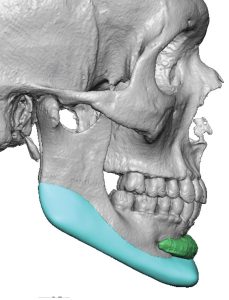
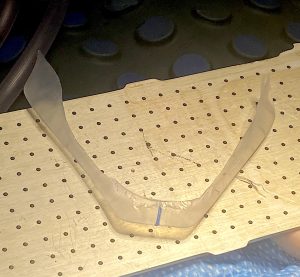
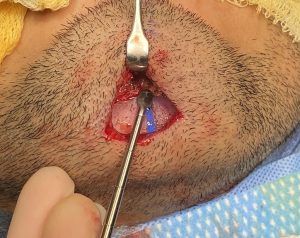
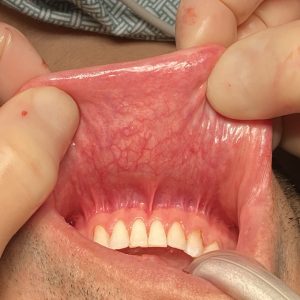
It is certainly unusual to leave an existing chin implant in place when a custom jawline implant is being done. It is so unusual I have never done it before. But given the benefits in labiomental fold reduction of the chin implant due to its very high position up into the chin bone concavity and no major change to the jawline implant was needed as a a result of it, it made sense to leave it in place. It was not necessary to enter the capsule of the chin implant to place the jawline implant so it was treated as if it almost was not there.
Key Points:
1) A significant number of custom jawline implant patients have a predicate history of chin augmentation surgery, often with an implant.
2) An indwelling chin implant provides valuable information about how to design the front part of the jawline implant.
3) The existing chin implant is always removed when the custom jawline implant is placed….except in this one special case.
Dr. Barry Eppley
World-Renowned Plastic Surgeon

